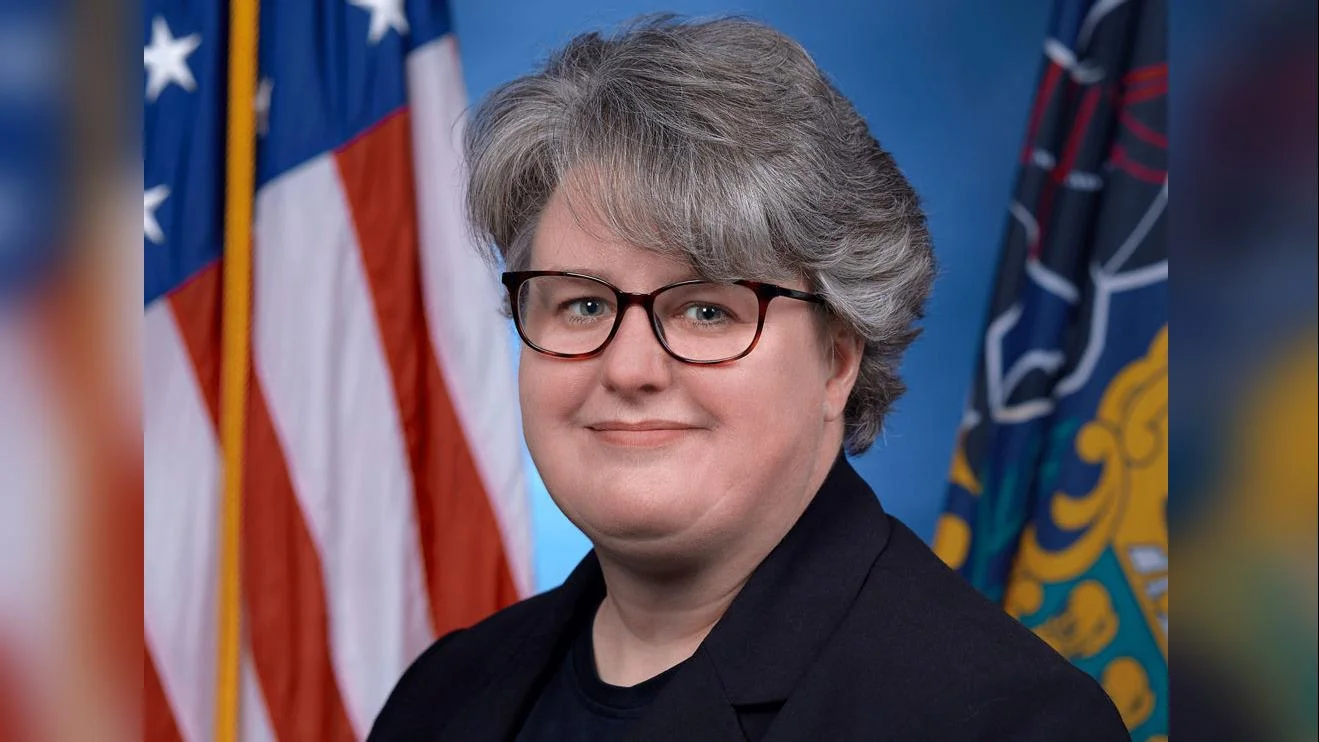
Elizabeth “Betsy” Corcoran, Co-founder and CEO | EdSurge Research
One teacher at Guilford Preparatory Academy has described how the introduction of a digital check-in tool has changed the way student well-being is supported at the school. The system, called Care Check, allows students to log in daily, select an emoji that reflects their mood, and write a brief sentence about how they are feeling.
The teacher recounted a recent experience: “One of my seventh graders, usually the first to speak, sat quietly. As she submitted her daily check-in, she chose the tired emoji and typed, ‘Stayed up all night at the hospital with my mom.’ I planned a different lesson for that day, but after reading that sentence in her check-in, I adjusted her task so she could move at her own pace. After class, I met with her in private to offer additional support, and with her permission, we told her teachers that she might need flexibility that day.”
When mental health concerns arise during the school day, a Student Emergency Support Team—composed of an administrator, counselor and restorative practices lead—responds on-site. “If needed, a team member comes to the room, helps the student step into a calm space and coordinates care with the counselor and family. The team records a brief status in our secure system and sends a follow-up plan to the teacher.” After hours, this team monitors alerts on a rotating schedule and reaches out to families if urgent support is needed.
Before 2018, there was no consistent approach for identifying or supporting students struggling with mental health issues at Guilford Preparatory Academy. Teachers relied on observations or changes in academic performance before intervening. “Much of what we learned came only after visible changes in behavior or academic performance,” said the teacher. Students often had to repeat their stories multiple times before receiving help.
The pandemic highlighted these challenges further as remote learning made it more difficult for teachers to notice when students were struggling. In response to these gaps in support systems for student well-being during remote learning periods (as seen across many schools nationally: https://www.edweek.org/leadership/how-schools-are-adding-social-emotional-support-during-covid-19/2020/10), Guilford Preparatory Academy adopted technology-based solutions like Care Check.
The digital check-in became essential not just for students but also for building new routines among staff and families. Teachers use dashboards that provide key updates such as “needs flexibility today” or “check-in recommended,” helping them coordinate care without being overwhelmed by details.
Families are kept informed through platforms like ClassDojo which translate messages into home languages and focus communication on student well-being. This ensures parents are aware of their child’s emotional state throughout the school day.
“Technology does not replace human connection,” wrote the teacher who led these efforts. “If anything, it strengthened our school community and allowed us to center the people who matter most.”





 Alerts Sign-up
Alerts Sign-up